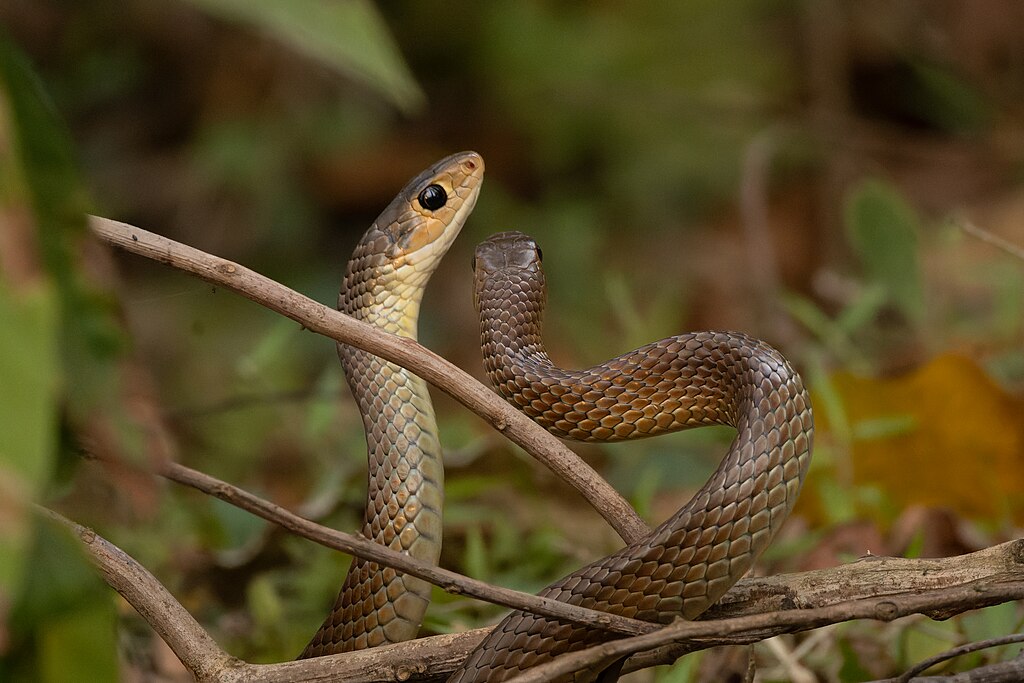When snakes slither into ecosystems where they don’t naturally belong, the consequences can be far-reaching and often devastating. These reptilian invaders can trigger ecological chain reactions that transform environments, threaten native species, and create management challenges that persist for decades. From the infamous brown tree snakes in Guam to pythons in the Everglades, introduced snakes have become cautionary tales in the science of invasive species management. This article explores the multifaceted impacts of snake introductions, the mechanisms behind their successful invasions, and what these reptilian case studies teach us about protecting ecosystem integrity in an increasingly interconnected world.
The Pathways of Snake Introduction
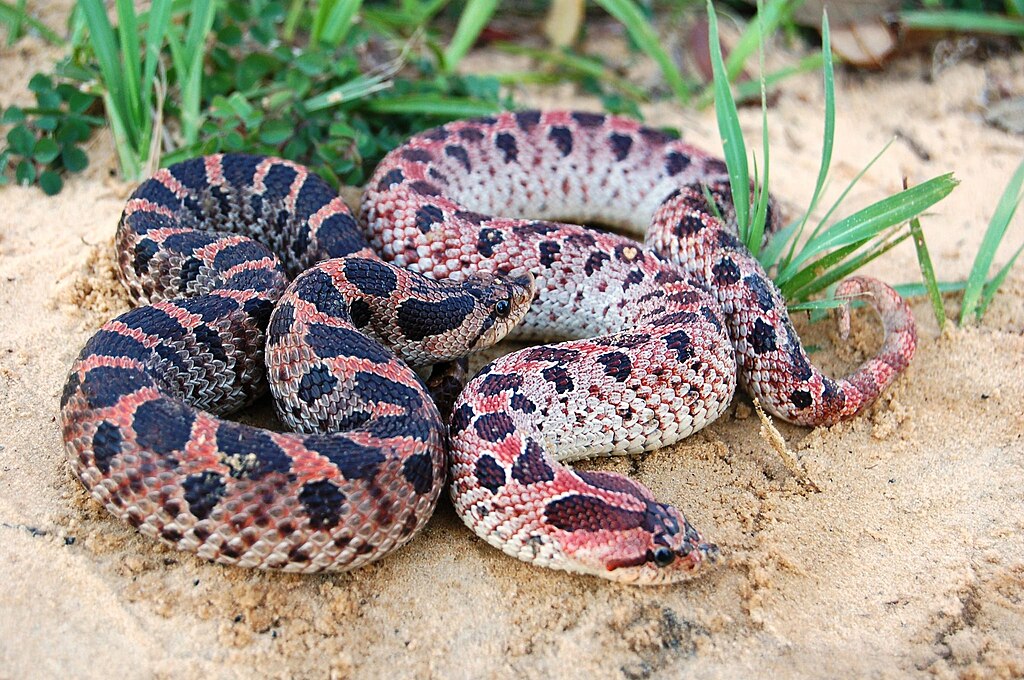
Snakes typically enter new ecosystems through several distinct pathways, with human activity being the primary driver. The pet trade represents one of the most significant sources, as exotic snakes purchased as pets are sometimes deliberately released when they grow too large or become difficult to manage. Cargo shipments and transportation vectors provide another entry point, with snakes stowing away in shipping containers, aircraft wheel wells, or among agricultural products. Military movements have historically facilitated snake introductions, as evidenced by the brown tree snake’s arrival in Guam aboard military equipment following World War II. Additionally, some intentional introductions have occurred for biological control purposes, though these planned releases are now recognized as highly problematic and rarely attempted.
Ecological Dominance: Why Snakes Make Successful Invaders

Several biological characteristics make snakes particularly successful as invasive species once they enter new environments. Their remarkable adaptability allows many snake species to thrive across diverse habitats and climate conditions, especially in tropical and subtropical regions. Snakes’ predatory nature and often generalist diets mean they can exploit multiple food sources, switching prey items when necessary to sustain their populations. Their cryptic behavior and excellent camouflage make detection difficult, allowing populations to establish before they’re noticed by wildlife managers. Perhaps most significantly, some invasive snake species demonstrate reproductive plasticity, adjusting their breeding strategies to match new environmental conditions and resources, while facing few natural predators in their introduced ranges.
Predatory Impacts on Native Wildlife

The most immediate and visible impact of introduced snakes is their direct predation on native fauna, which can devastate local wildlife populations. Invasive snakes often encounter prey species that lack evolutionary defenses against snake predation, making them particularly vulnerable to these new threats. In island ecosystems especially, where native species evolved in isolation, the introduction of snakes can drive catastrophic declines in bird, small mammal, and reptile populations. The brown tree snake in Guam provides a stark example, having caused the extinction or local extirpation of 10 of 12 native forest bird species since its introduction. This predatory pressure can be especially severe when invasive snakes target endangered or threatened species with already diminished populations, potentially pushing them toward extinction.
Competitive Displacement of Native Reptiles
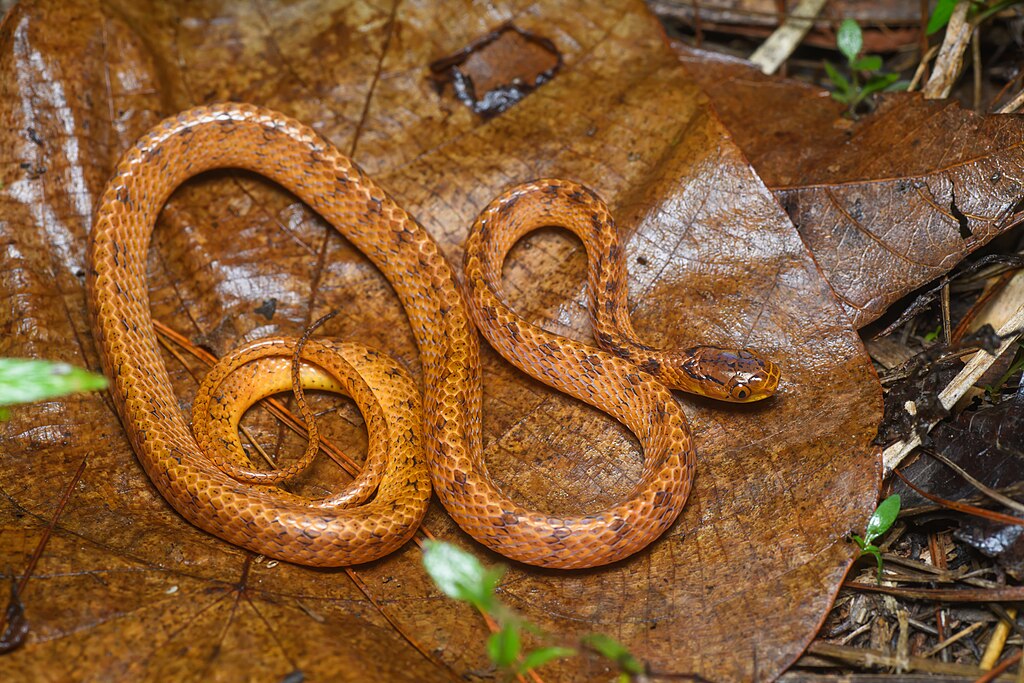
Beyond direct predation, introduced snakes often compete with native reptiles for limited ecological resources. This competition frequently centers around essential resources such as prey items, suitable shelter sites, and preferred thermal environments. When invasive snakes outcompete native species, the result is often population decline or range contraction for indigenous reptiles. This competitive displacement can be particularly pronounced when the introduced snake is larger or more aggressive than native reptiles, creating dominance hierarchies that favor the invader. In Florida’s Everglades, Burmese pythons not only prey on native snakes but also outcompete them for mammalian prey, contributing to complex ecological restructuring. Over time, this competitive pressure can lead to fundamental shifts in reptile community composition and diversity.
Cascading Trophic Effects

Introduced snakes can trigger ecological ripple effects that cascade through multiple trophic levels of an ecosystem. When invasive snakes decimate populations of seed-dispersing birds or fruit bats, they indirectly affect plant regeneration and forest composition patterns. The loss of insectivorous species to snake predation can lead to insect population increases, potentially affecting plant communities through altered herbivory pressure. In aquatic and semi-aquatic systems, invasive water snakes can disrupt fish populations, changing nutrient cycling and water quality parameters. These cascading effects often represent the most profound and long-lasting ecological changes resulting from snake introductions, as they can fundamentally alter ecosystem functions and services. Research in Guam has documented shifts in forest composition following bird extinctions caused by brown tree snakes, demonstrating how a single invasive predator can reshape entire ecological communities.
The Burmese Python in Florida: A Case Study
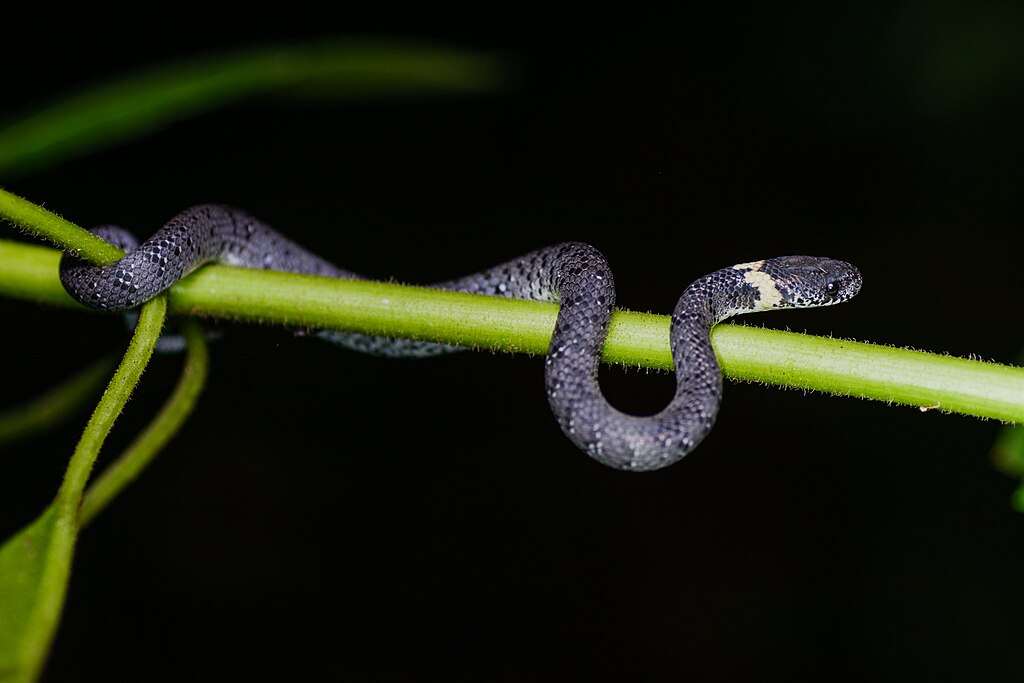
The Burmese python invasion in Florida’s Everglades represents one of the most well-documented cases of invasive snake impacts in continental ecosystems. These massive constrictors, which can grow to over 18 feet in length, established breeding populations in South Florida following releases from the pet trade, possibly accelerated by escapes during Hurricane Andrew in 1992. Researchers have documented catastrophic declines in mammal populations throughout the Everglades, with raccoons, opossums, and rabbits decreasing by more than 90% in areas where pythons are established. The snakes’ impact extends to threatened species like the Key Largo woodrat and potentially affects alligator populations through competition and predation. Despite intensive management efforts costing millions of dollars, the python population continues to expand its range northward in Florida, demonstrating the challenges of controlling established invasive snake populations.
Brown Tree Snakes and Guam’s Ecological Collapse

The introduction of the brown tree snake (Boiga irregularis) to Guam shortly after World War II represents perhaps the most devastating example of an invasive snake’s impact. This rear-fanged colubrid from Australia and Papua New Guinea encountered a paradise of naive prey on Guam, quickly establishing populations that reached astounding densities exceeding 100 snakes per hectare in some areas. The ecological consequences were swift and severe, with 10 of 12 native forest bird species driven to extinction, along with several lizard and bat species. Beyond wildlife impacts, the snakes cause frequent power outages by climbing on electrical infrastructure, resulting in economic damages estimated at $4.5 million annually. The loss of seed-dispersing birds has transformed Guam’s forests, reducing tree seedling establishment by more than 60%, demonstrating how a single invasive predator can fundamentally alter an entire island ecosystem.
Economic and Infrastructure Impacts

The consequences of invasive snakes extend well beyond ecological concerns to create significant economic burdens on affected regions. Power outages caused by snakes short-circuiting electrical systems, as seen regularly in Guam, result in millions of dollars in damages to infrastructure and business disruption annually. Public health systems incur costs treating snake bites and addressing psychological impacts on communities suddenly facing unfamiliar snake encounters. Tourism economies can suffer when visitors avoid areas with known snake problems, particularly in regions promoting outdoor recreation. The management costs themselves are substantial, with government agencies spending millions on detection, control, public education, and ecological restoration efforts. A comprehensive economic analysis of the brown tree snake’s impact on Guam estimated lifetime costs exceeding $1.7 billion if the invasion remains uncontrolled.
Cultural and Social Dimensions

Invasive snake introductions often create profound cultural and social impacts on affected communities, particularly in regions where snakes hold strong cultural significance. Indigenous communities may experience disruption to traditional practices when snakes alter ecosystem resources critical to cultural activities or eliminate culturally significant species. Public spaces like parks and recreational areas may see reduced use when residents fear snake encounters, affecting community cohesion and outdoor activity patterns. Psychological impacts can include increased anxiety, phobias, and stress among residents unaccustomed to living alongside certain snake species. In Guam, the loss of native birds to brown tree snakes has been described as “silent forests,” representing not just ecological but cultural loss, as the songs and presence of birds held important places in Chamorro cultural traditions and environmental awareness.
Detection and Surveillance Challenges

Detecting and monitoring invasive snake populations presents unique challenges that complicate management efforts. Snakes’ secretive nature and excellent camouflage make visual detection extremely difficult, even when populations reach high densities. Their ability to utilize varied habitats, including trees, water, and underground spaces, requires multi-dimensional survey approaches. Many snake species are nocturnal, further complicating detection efforts that rely on daytime visual surveys. Traditional wildlife monitoring techniques like camera traps often prove ineffective for snake detection due to their movement patterns and thermal signatures. Environmental DNA (eDNA) sampling shows promise but faces challenges with sensitivity in aquatic environments where snakes spend limited time. These detection difficulties often result in invasive snake populations being discovered only after they’ve become firmly established, making eradication nearly impossible.
Control and Eradication Strategies
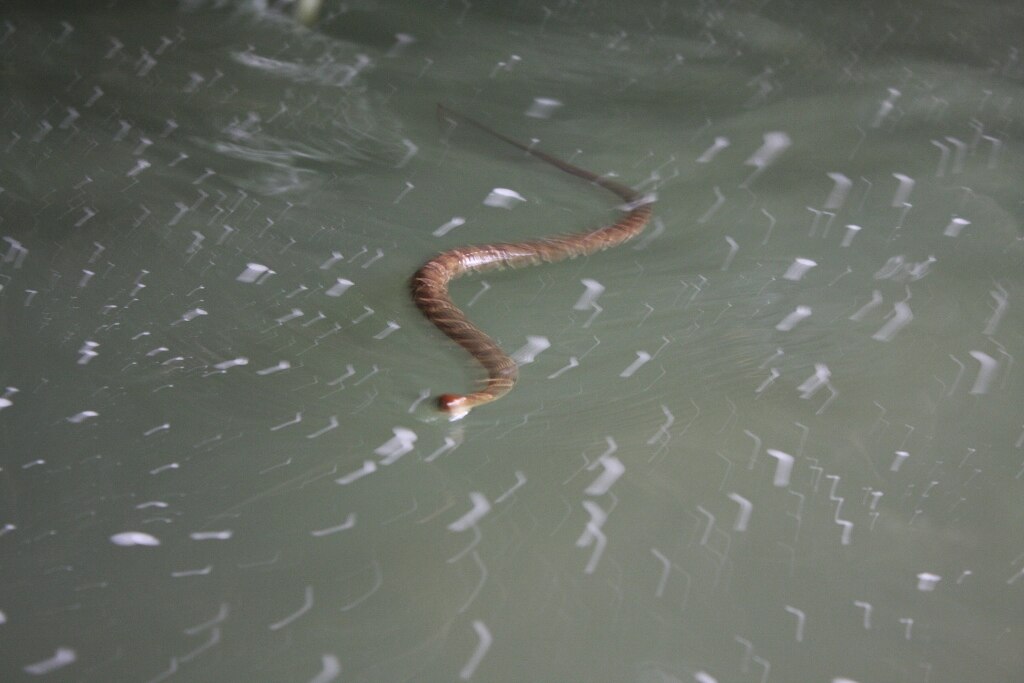
Wildlife managers employ diverse approaches to control or eradicate invasive snake populations, though complete removal becomes exceedingly difficult once snakes are established. Trapping programs using specialized snake traps baited with prey scents or pheromones form the backbone of many control efforts, though their effectiveness varies by species and habitat. Trained detector dogs have proven valuable for locating cryptic snakes, particularly in cargo facilities and transportation hubs where prevention is critical. Biological control through toxin-laced baits has shown promise, particularly in Guam where acetaminophen-laced mouse carcasses effectively kill brown tree snakes that consume them. Innovative approaches include the development of snake-specific toxicants, pheromone attractants, and mechanical barriers to prevent snake movement between areas. The most successful approaches typically involve integrated management combining multiple techniques with robust public education campaigns.
Prevention: The First Line of Defense
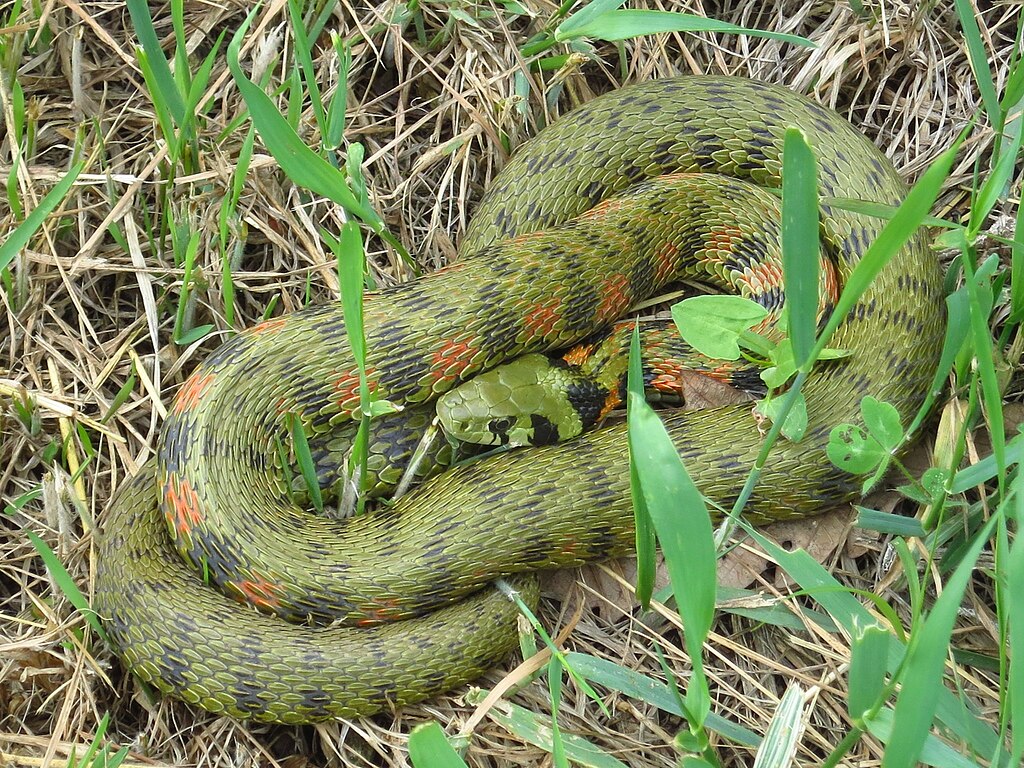
Given the extraordinary difficulty of removing established snake populations, prevention remains the most cost-effective and ecologically sound approach to invasive snake management. Comprehensive biosecurity protocols at ports of entry, including cargo inspections using trained detector dogs, have proven effective at intercepting stowaway snakes before they establish. Regulations governing the exotic pet trade, including import restrictions, permit requirements, and microchipping of captive specimens, help reduce release risks. Public education campaigns that emphasize the ecological and economic impacts of releasing pet snakes encourage responsible ownership and provide surrender alternatives. Early detection networks that engage citizen scientists in reporting unusual snake sightings can facilitate rapid response to new introductions. Implementing effective prevention measures requires international cooperation, as invasive snakes represent a global problem requiring coordinated solutions across political boundaries.
Climate Change and Future Invasion Risks
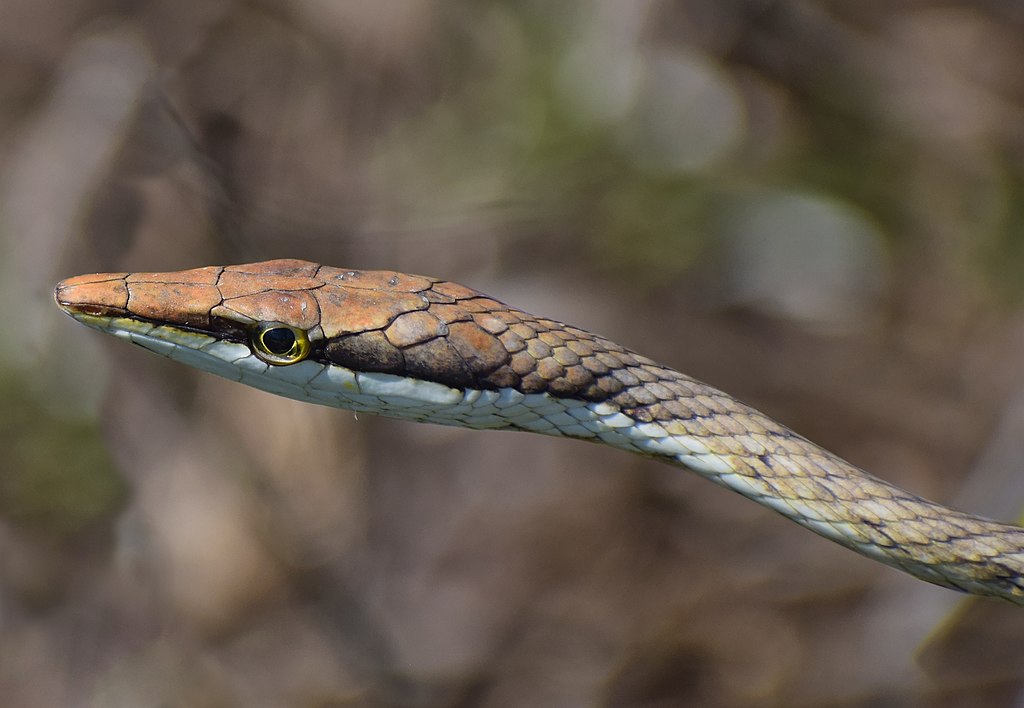
Climate change adds another layer of complexity to invasive snake management, potentially expanding suitable habitat ranges for many tropical and subtropical species. Rising temperatures may allow warm-adapted snake species to establish populations in previously inhospitable regions, extending potential invasion zones northward in North America and Europe. Changing precipitation patterns could create newly suitable habitats for semi-aquatic snake species in regions previously too dry for establishment. Extreme weather events like hurricanes and floods may damage facilities housing captive snakes, creating additional release opportunities. Climate projections suggest that species like the Burmese python could potentially expand their invasive range significantly in the coming decades as warming trends continue. These climate-related factors necessitate forward-looking risk assessments and preventative measures focused not just on current invasion hotspots but also on emerging vulnerable regions.
Conclusion
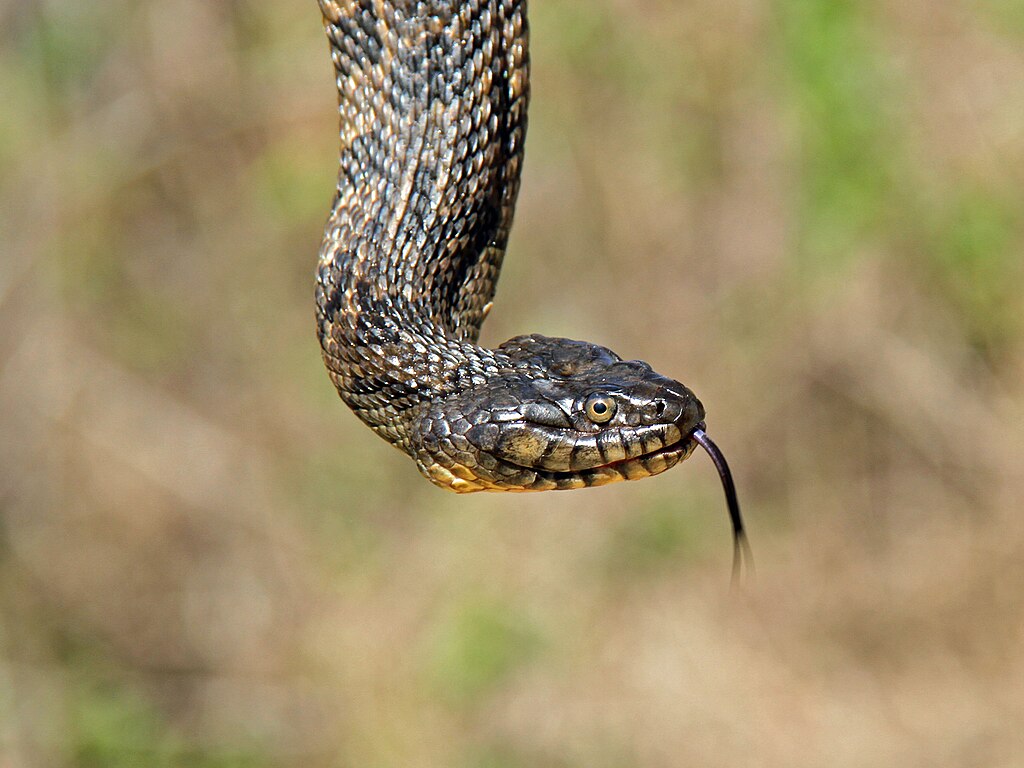
The introduction of snakes to new ecosystems represents one of the most challenging dimensions of invasive species management, with consequences that ripple through ecological communities, economies, and human societies. The case studies of Guam and Florida demonstrate how quickly snake invasions can transform environments and how difficult they become to manage once established. As global trade and travel continue to accelerate, the risk of further snake introductions remains significant, especially as climate change expands suitable habitats for tropical species. The most effective response lies in prevention through stringent biosecurity measures, responsible pet ownership, early detection networks, and international cooperation. By understanding the profound impacts of snake introductions and applying lessons from past invasions, we can work toward better protecting the ecological integrity of vulnerable ecosystems worldwide.

